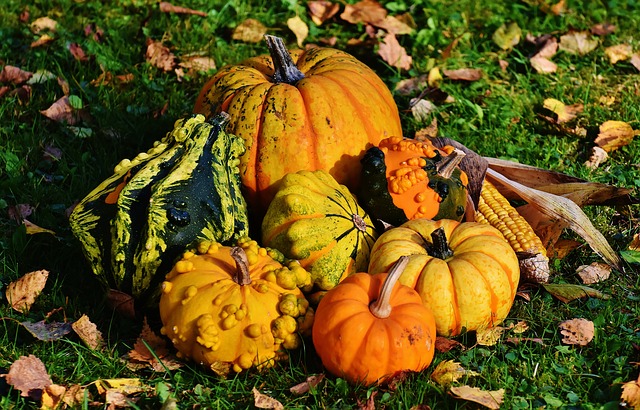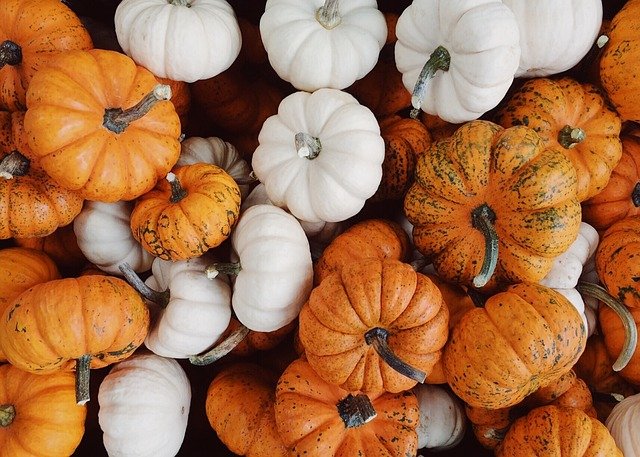Do Pumpkins Come Back Every Year? —How Long Do Pumpkins Take to Grow?

The pumpkin plant is an annual plant and is vulnerable to damage from frost because of its tender nature. As a consequence of this, pumpkins need to have new seeds planted annually so that they can consistently yield a harvest. Although pumpkins can produce their seeds, this does not happen very often. This is in contrast to the case with other types of vegetables. This is because pumpkins are typically quite large, and there are not a lot of seeds produced by each plant. This indicates that the fruit is rarely allowed to remain on the vine so that it can produce new plants.
Table of Contents
How Long Does It Take for Pumpkins To Grow From Seed To Harvest?
From planting the seed to gathering the fruit, the growth cycle for pumpkins typically lasts between 110 and 140 days.
However, this also depends heavily on the growing conditions you can provide for your plants, the climate conditions, and the level of experience you possess.
If you want to save a few weeks and speed up the process of growing pumpkins, you can skip the step of raising your seedlings and instead purchase seedlings from a gardening supply store. This will allow you to get started on your pumpkin growing project sooner.
This is especially helpful if it is already late spring and your plants otherwise would not reach maturity before the first frost if they were not given this assistance.
How to Grow Pumpkins
- Fortunately, collecting the seeds is a cinch and requires only a short time and effort. The next time you cook with a pumpkin, remove the seeds by scooping them out of the center. It’s best to remove the pith from the seeds before collecting them and then wash and air-dry them. Some people even plant the seeds from pumpkins they’ve purchased at the store.
- Pumpkins should be planted in the early summer near the perimeter of your garden.
- Plants of pumpkin should have a distance of 2 to 5 feet (depending on the variety). Grow each pumpkin on a mound of warm, fertile soil between three and four feet wide and has a pH of between six and eight.
- Your native soil can be improved by incorporating a few inches of compost that has been aged or some other type of organic matter that is rich.
- Because pumpkins require a significant amount of water, the most effective method of watering them is using a soaker hose or drip irrigation. It is important to keep the leaves from getting wet.
- Utilizing plant food with a slow and steady release of nutrients will provide your pumpkins with an abundance of what they need.
- Raise the pumpkins off the ground as soon as the first formation signs appear to prevent rot from setting in.
- When pumpkins have reached their desired shade of orange, it is time to harvest them. The skin ought to have a firm texture, and the stems should have started to wither.
When to Plant Pumpkins for the Next Season
- Four to six weeks before the last frost, pumpkin seeds can be sown in trays indoors. When planting seeds in trays with limited space, it is best to plant two seeds per cell to contain at least one plant. In seed raising mix, they should be planted at about an inch depth.
- In cases where multiple seedlings germinate, remove the weakest one. In optimal conditions, pumpkins germinate rapidly and are ready to be planted outdoors in as little as three to four weeks, though this depends on the growing conditions.
- Suppose you live in a cool climate and plant vegetables annually. In that case, you may want to consider purchasing a heated propagation tray, as they are relatively inexpensive and allow for greater control over the growing environment.
- The alternative is to plant the pumpkin seeds directly in the garden, but this can only be done later in the season when the risk of frost has passed. As with the seeds planted in trays, it is advisable to plant at least two to three seeds where you want to grow pumpkins to ensure that at least one plant will emerge.
- Pumpkins require many nutrients during the growing season, which necessitates planting seeds or seedlings approximately 3 feet apart in rich, moist soil. Also recommended is mulching the soil to aid in moisture retention.

